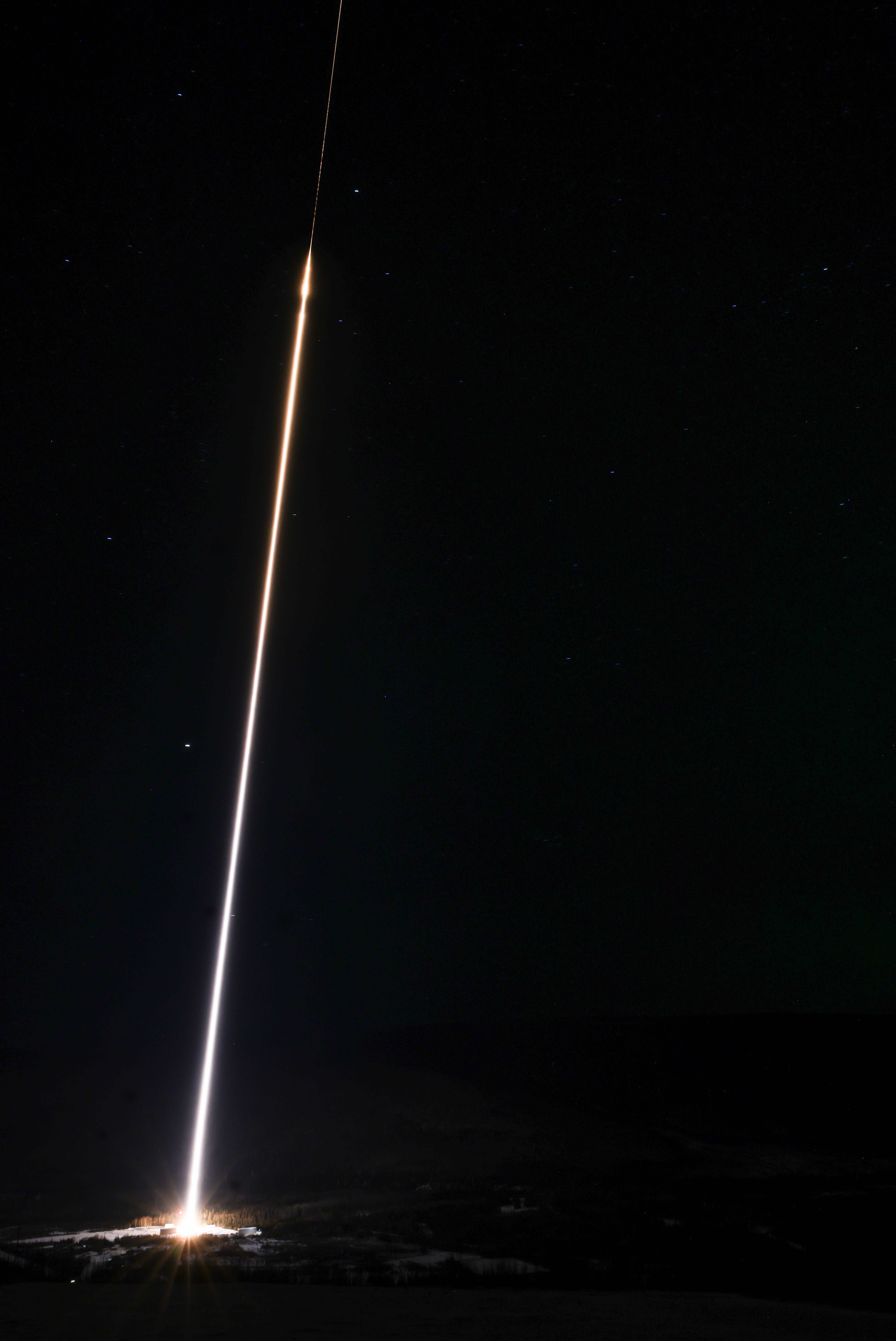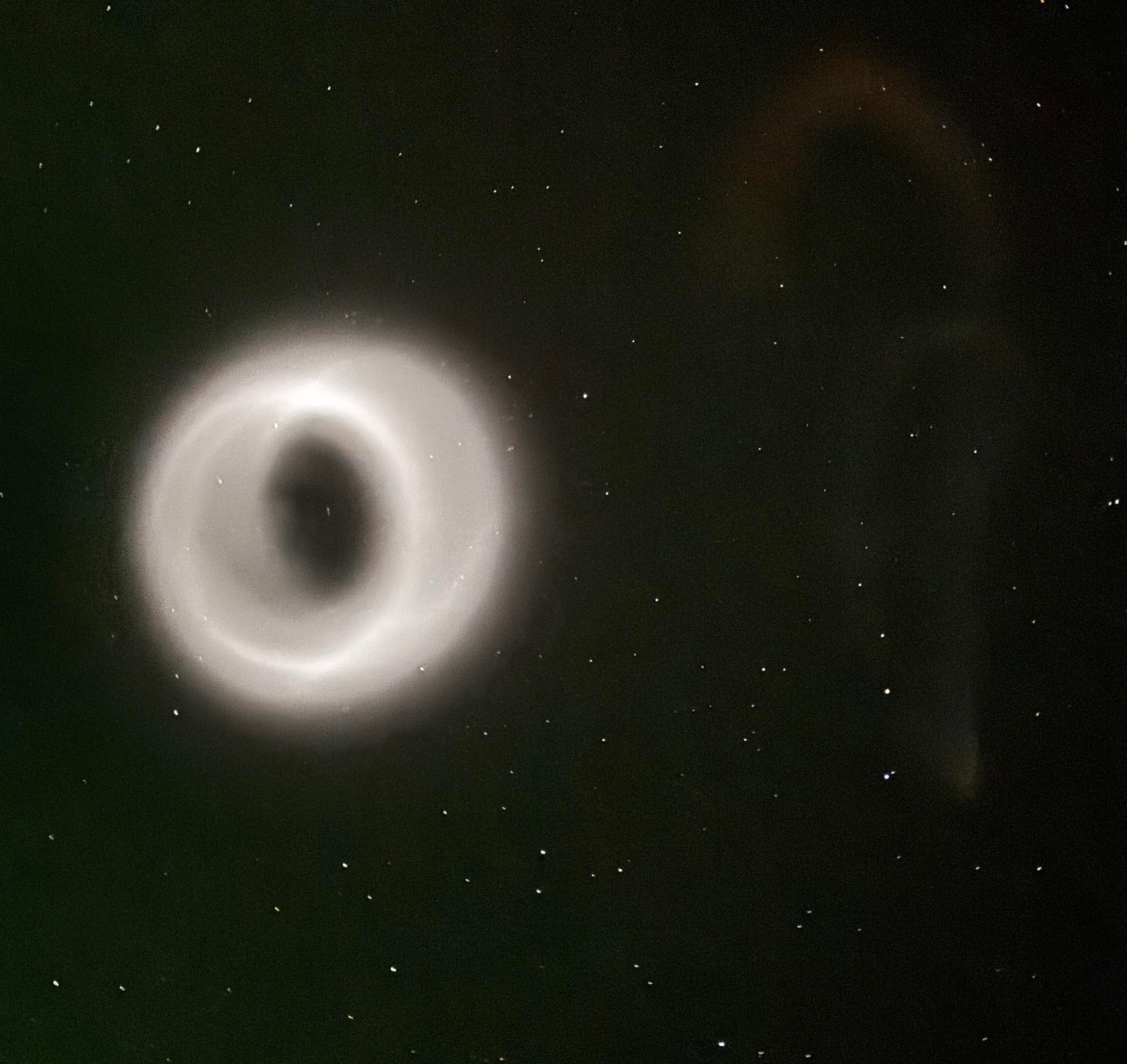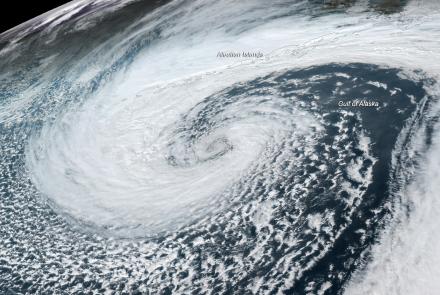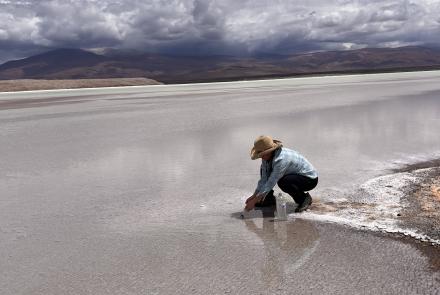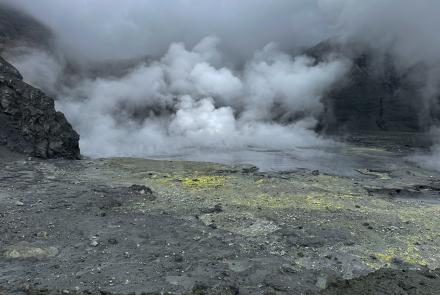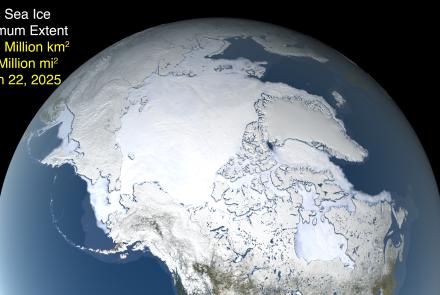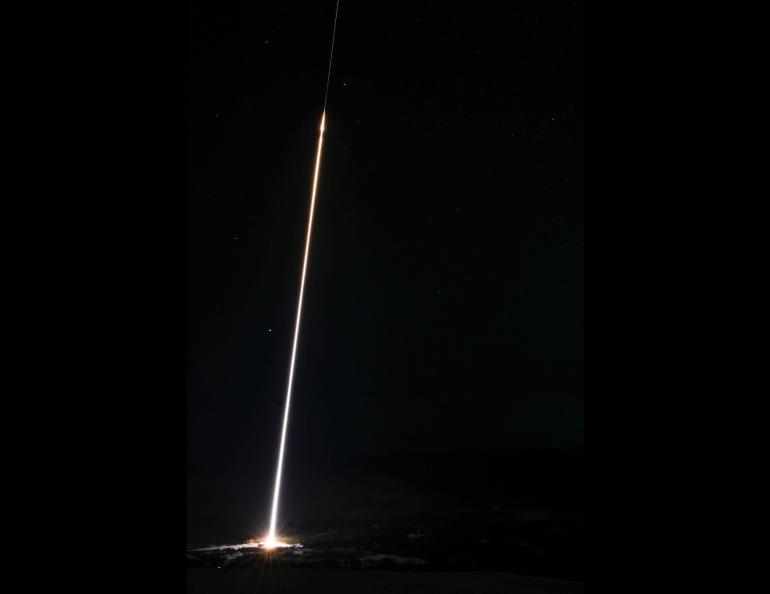
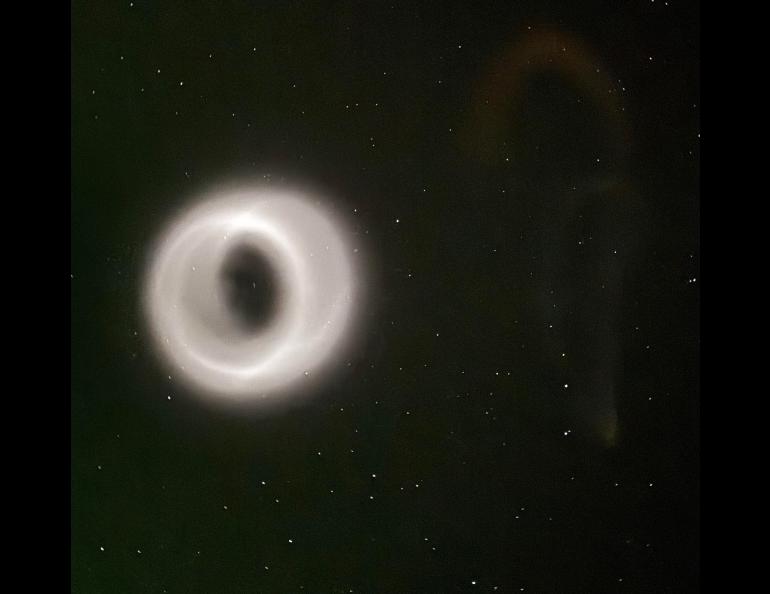
Launch of third NASA rocket completes complex aurora mission
The third and final NASA sounding rocket in a mission to better understand how the aurora affects the upper atmosphere launched at 1:33 a.m. Saturday and dispersed white vapor tracers high over central Alaska.
The first two rockets launched from Poker Flat Research Range north of Fairbanks on Tuesday, March 25, with one taking a route similar to Saturday’s rocket and the other flying farther north to eject colorful vapor tracers over the Arctic Ocean above Utqiagvik and Kaktovik.
The mission, titled Auroral Waves Excited by Substorm Onset Magnetic Events, or AWESOME, is led by space physics professor Mark Conde of the University of Alaska Fairbanks Geophysical Institute and UAF College of Natural Science and Mathematics.
The mission included ground observation sites at Utqiagvik, Kaktovik, Toolik Field Station, Venetie, Eagle and Poker Flat. Ten UAF graduate and undergraduate students, along with staff and research faculty, operated cameras at the sites.
NASA and some of the nation’s top universities also participated.
“The big picture is that things worked, so it’s very gratifying knowing I should have the data to address the questions that we asked,” Conde said. “Also very gratifying is that the students working at the six ground observation stations did a fantastic job. They all understood what was required. They understood the equipment and supported the mission flawlessly.”
Aly Mendoza-Hill, program executive for sounding rockets in the Heliophysics Division at NASA Headquarters in Washington, D.C., praised the team and the mission.
“The entire team persevered to make these three successful complex launches happen,” Mendoza-Hill said. "”These launches are a great accomplishment in the effort to continue to research the impact of auroras and potentially improve space weather forecasting.”
Vapor tracers from the third rocket appeared quite different from those of the other two rockets, due to a faulty payload valve. The result was a bright white ring that hung in the sky for a short while early Saturday.
“That ring was spectacular. It was extremely bright and absolutely unmissable,” Conde said.
The payload’s tracer release system consisted of two valves: A main valve to initiate releasing the tracer material and a second one to cycle the release on and off in bursts during both the upward and downward portions of the rocket’s flight path.
However, a faulty control circuit in the payload incorrectly kept the second valve permanently open, which allowed the tracer material to flow from the payload faster than intended. As a result, it was all released early and only during the upward portion of flight. When the excess material re-entered the atmosphere on the way back down, it formed the glowing ring that was seen from the ground.
Conde will now gather the data from the ion gauges and magnetometers sent skyward by the three rockets and collect images made by the students and staff at the ground stations.
“Then I will have to spend many, many hours going through and analyzing the images that we got and doing the triangulations that turn that into measurements of winds,” he said. “So there is months of work ahead.”
The UAF Geophysical Institute owns Poker Flat, located at Mile 30 Steese Highway, and operates it under a contract with NASA’s Wallops Flight Facility, which is part of the Goddard Space Flight Center.
• Mark Conde, University of Alaska Fairbanks Geophysical Institute, 907- 474-7741, mgconde@alaska.edu
• Sarah Frazier, NASA Goddard Space Flight Center, sarah.frazier@nasa.gov
• Rod Boyce, University of Alaska Fairbanks Geophysical Institute, 907-474-7185, rcboyce@alaska.edu

